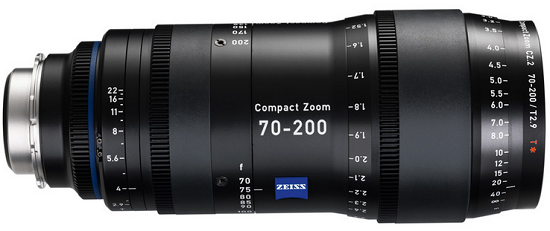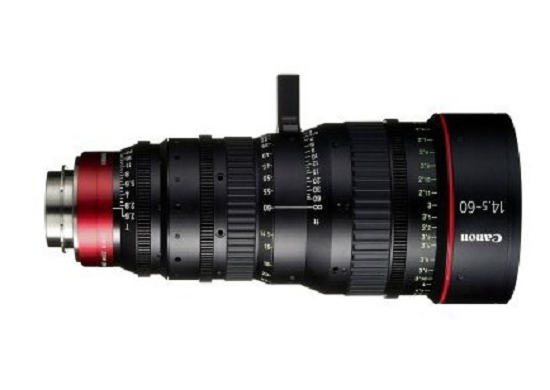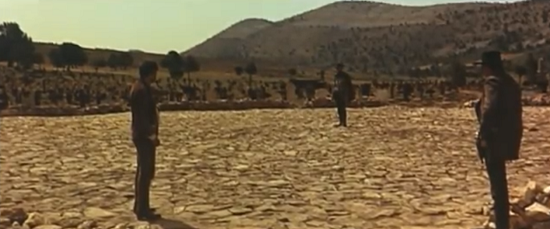Top Best Cinematographic lenses

Top Best Cinematographic lenses

Without the glasses the cinema had lost traveling from Hitchcock in Vertigo , the panoramas in Sergio Leone Western , or telephoto closeups in Conversation by Francis Ford Coppola . Basically without lenses film would be nothing.
In this article the cinema and technology we will see through the lenses (which inherits from the photograph ) film can create views , create the depth of field and different sensations which are then projected on the big screen.
What is a lens?
The lenses are transparent objects that have two surfaces, one curved. And there are the lenses biconvex, full convex, concave convex meniscus, concave and biconcave plane .
But in the film when it comes to lenses, we say objective, and it is the device that controls the light reaching the camera (and recorded on celluloid ). And the objective is composed of a series of lenses (usually glass) curved different size arranged in a cylindrical structure .
Difference between objective lens and
Although objective lens and can become synonymous in some technical terms (when it comes to cameras), an object is composed of a group of lenses or lens (or also called converter or adapter) such as an angle.

The operation of the objectives
The main point of how much light an object is allowed to come to celluloid (or record format), because without light celluloid could not lead to a photochemical reaction that gives rise to record. Depending on the objective that we put in front of the camera (Super wide angle, wide Angle, Angle, Normal and Telephoto), the light rays converge to a point of light situated behind the lens that is set as the plane or take.

The sharpness of the lens
Always checked on a plane to an object or person is essential to know exactly the distance of the subject or object to the objective , to have the person in focus. This is where the “comes into play Focus ring . ” This ring circular moves for or against the clock hands allow us to zoom in or on the target for perfect (sharpness) approach or justified blur.
The focal length
The focal length or focal length is the distance between the target (measured from the diaphragm to the point of focus) to the point of focus, such as the tip of the nose of a person. To speak in colloquial terms the focal length is what is commonly called zoom . Thus by varying the focal length of the lens we can zoom in or out the point more clearly (we change the point of view). But as we approach or move away the focus point modify the plane’s perspective on the merits, and this can be taken full or only part and may be in focus or out of focus.
But now let’s do an exercise to help us understand the focal length: form a circle with your thumb and forefinger, now take them to the eye socket and close the other eye. Now stare at one point and go away slowly circle (formed with your fingers) of your eye and you will see how it diminishes the area were currently on the top . That is the focal distance .

It is here that come into play Angles target (18 mm and 25 mm) shorter focal length andTelephoto lenses (75 mm and 100 mm) shorter focal length . With Angular goals get a longer focal length , that cover a wide viewing angle and favor the reception of light (give us the sense of distance). Instead the telephoto lens has a reduced field of view and pass a smaller amount of light (also flatten prospects and give the feeling of lower image quality). And we end the normal lenses (32 mm and 50 mm) because they are emulating the human eye.
Depth of Field and Hyperfocal Distance
The depth of field is the distance in front of and behind the focus point and is in complete sharpness. Thus in a Western genre film we panoramic drawings with infinite depth of field (here comes in the hyperfocal distance ).

The factors that determine the depth of field to one of the objectives are, celluloid, the focal length , the distance between the camera and the subject (focus distance) and the diaphragm (aperture lets in more or less light to celluloid) which is measured in “f”, the more closed the aperture and less light enters further enhanced sharpness is obtained . With respect to the focal length, focal distance unless we get greater depth of field . And with respect to the focus distance , the greater the distance from the camera to the point of focus will be greater depth of field . Thus a goal Angular get a greater depth of field and the opposite with less Lenses depth of field .
But to achieve greater depth of field we have to get a hyperfocal distance . The hyperfocal distance is the distance of the first sharp point to infinity , for example if we have a subject located 8 feet from the camera in a whole plane in focus ( this is our first point of focus) and 80 meters why some mountains down horses (infinity focus), both the subject and the mountains are sharp. calculate the hyperfocal distance for the following calculation is made ??:
H = F ² / (f * d)
H = distance hyperfocal
F = focal length of lens
f = Aperture diaphragm
d = diameter of the circle of confusion (define how much has to be a point out of focus to be perceived by a human) .
We can have a great camera but without targets would be reduced to a simple camera tourist.

Best Apps to Have on your Phone - Both iOS and Android

Real Estate Social Media Post Design

Incoming Harvard College Students Admissions Essay Goes Viral On Tiktok

Essay Writing Service You Presumably Can Trust

Expert Installation: Tips for Choosing Air Conditioning in Brisbane

How to Maintain a Rotary Vane Air Compressor

Pet Hospital Logo Design Samples

